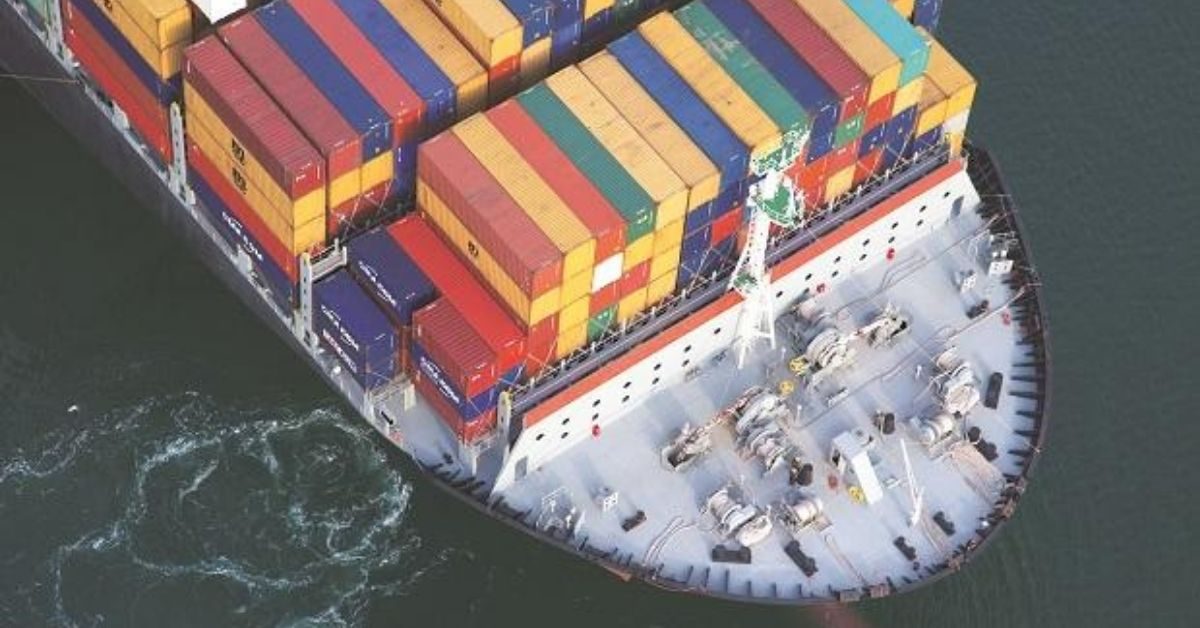The sector is adjusting after a period of growth driven by geopolitical tensions, including the Russia-Ukraine war, and a surge in demand from China in the aftermath of the pandemic.
“Charter rates for crude and product tankers are correcting 20-25% this fiscal from the average of ~$50,000/day last fiscal,” said Anuj Sethi, Senior Director at Crisil Ratings, pointing to the easing of global uncertainties caused by Covid-19 and geopolitical conflicts. Despite the anticipated further moderation in rates next year, they are expected to stay above pre-pandemic levels, buoyed by strong tonne-mile demand and a limited influx of new fleet deliveries.
The study by Crisil Ratings, which analyzed five shipping companies accounting for about half of India’s ~20 million metric ton deadweight tonnage, reveals a sector dominated by tankers for crude oil and petroleum products, making up roughly 70% of the total tonnage. Dry bulk carriers transporting commodities like coal, iron ore, and grains account for about 20%, with the remainder comprising container ships, gas carriers, and others.
While the average operating margin for these companies might see a moderation to 33-35% in the next fiscal, driven by the charter rate correction, it is still expected to remain above the pre-pandemic levels of 25-30%. “We expect average operating margins of shipping companies to moderate to around 38-40% this fiscal and further to 33-35% in fiscal 2025,” commented Joanne Gonsalves, Associate Director at Crisil Ratings.
Despite the anticipated decline in revenue and operating margins, the overall credit profile of shipping companies is projected to stay stable. This stability is attributed to healthy cash flows and modest capital expenditure plans, with no significant fleet additions on the horizon, ensuring comfortable debt metrics for the sector.
The report indicates that charter rates for crude oil and petroleum product tankers will be supported by growing imports from China and India, as well as improved fleet utilization due to changing trade routes post the Russia-Ukraine conflict. However, the capacity addition for tankers is expected to remain limited, keeping charter rates significantly higher than the pre-pandemic average.
In contrast, charter rates for dry bulk carriers are expected to remain steady, reflecting moderate growth in demand for key commodities and moderate fleet orders. This sector experienced a decline in average charter rates last fiscal, attributed to lower demand for key commodities and subdued industrial and construction activities in major economies.
As the global trade dynamics continue to evolve, Indian shipping companies are navigating through a period of adjustment, balancing between the changing charter rates and maintaining their financial health.







